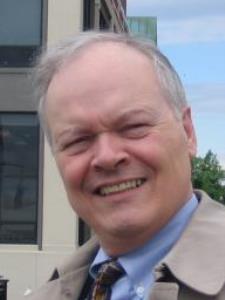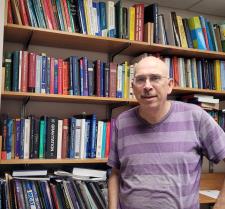
Steve S. answered • 01/29/14
Tutor
5
(3)
Tutoring in Precalculus, Trig, and Differential Calculus
Let's find the sum of an arithmetic series (we'll need it later):
S = m + (m-1) + (m-2) + ... + . 3 . . . + . 2 . + .1
S = 1 . + . 2 . + . . 3 . . + ... + (m-2) + (m-1) + m
2S=m(m+1)
S = m(m+1)/2
S = m + (m-1) + (m-2) + ... + . 3 . . . + . 2 . + .1
S = 1 . + . 2 . + . . 3 . . + ... + (m-2) + (m-1) + m
2S=m(m+1)
S = m(m+1)/2
The described numbers are called the Triangular Numbers:
Triangle . . Dots
Base . . . .Total
. .1 . . . . . . 1
. .2 . . . . . . 2 + 1 = 3
. .3 . . . . . . 3 + 2 + 1 = 6
. .4 . . . . . . 4 + 3 + 2 + 1 = 10
. .5 . . . . . . 5 + 4 + 3 + 2 + 1 = 15
...
. .B . . . . . . B(B+1)/2
In the problem description they assign an index of 1 to B = 2 and they want to know how many dots are in the n-th pattern.
B = n + 1
T(n) = (n+1)(n+2)/2 = number of dots in the n-th pattern.
1953 = (n+1)(n+2)/2
3906 = n^2 + 3n + 2
3906 = n^2 + 3n + 2
0 = n^2 + 3n - 3904 = (n + 64)(n - 61)
Negative n makes no sense, so answer is pattern n = 61.
This is a triangle with 62 dots in the base and 62(62+1)/2 = 1953 total dots.
BTW, the 3rd diagonals in Pascal's Triangle are the Triangular Numbers.





